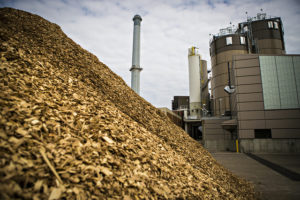by K. Kornei, July 23, 2020 in ScienceAAAS
Researchers have spotted large waves of martian sand migrating for the first time. The discovery dispels the long-held belief that these “megaripples” haven’t moved since they formed hundreds of thousands of years ago. They’re also evidence of stronger-than-expected winds on the Red Planet.
It’s pretty staggering that humans can detect these changes on Mars, says Ralph Lorenz, a planetary scientist at the Johns Hopkins University Applied Physics Laboratory who was not involved in the research. “We can now measure processes on the surface of another planet that are just a couple times faster than our hair grows.”
Megaripples are found in deserts on Earth, often between dunes. Waves in the sand spaced up to tens of meters apart, they’re a larger version of ripples that undulate every 10 centimeters or so on many sand dunes.
…
The researchers focused on two sites near the equator of Mars. They analyzed roughly 1100 megaripples in McLaughlin crater and 300 in the Nili Fossae region. They looked for signs of movement by comparing time-lapse images of each site—taken 7.6 and 9.4 years apart, respectively. Megaripples in both regions advanced by about 10 centimeters per year, the team reports in the Journal of Geophysical Research: Planets. That’s about how fast megaripples move in the Lut Desert of Iran.
It’s a surprise that megaripples move at all on Mars, says Jim Zimbelman, a planetary geologist at the Smithsonian Institution’s Air and Space Museum. Just a few decades ago, there was no evidence that sands on Mars were mobile, he says. “None of us thought that the winds were strong enough.”
Megaripples near a sand dune on Mars.
NASA/JPL/UNIVERSITY OF ARIZONA
…



